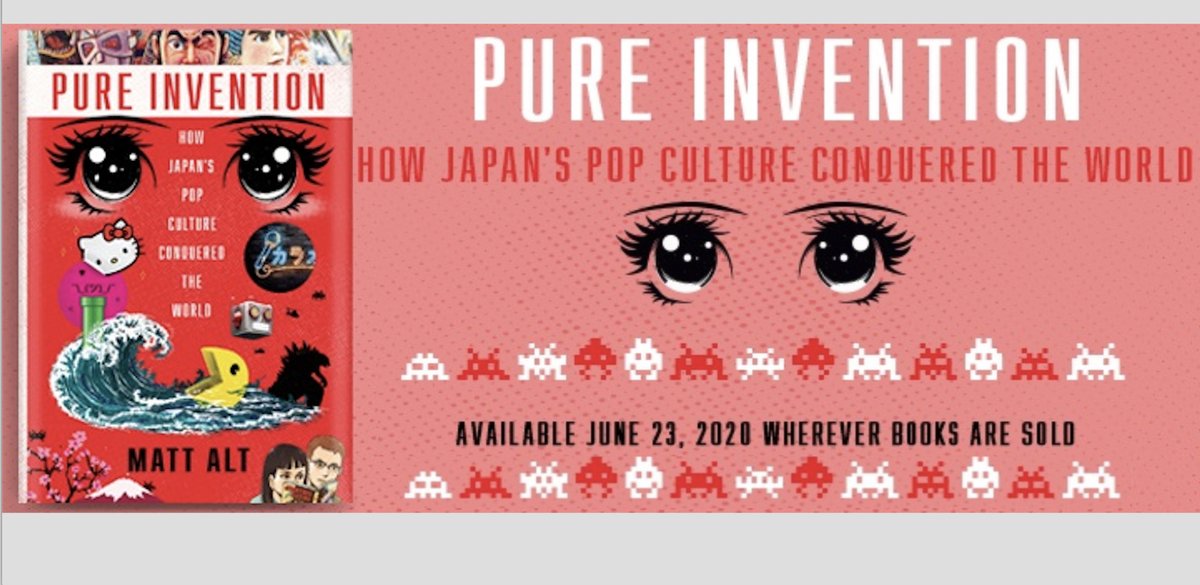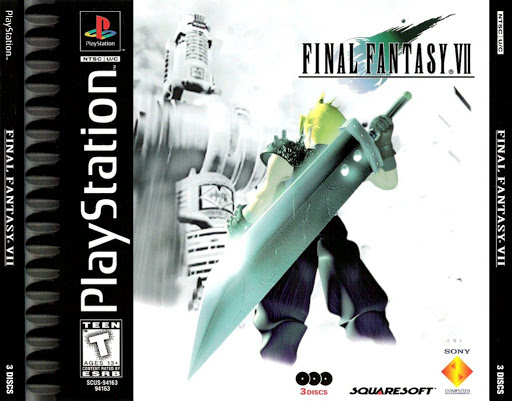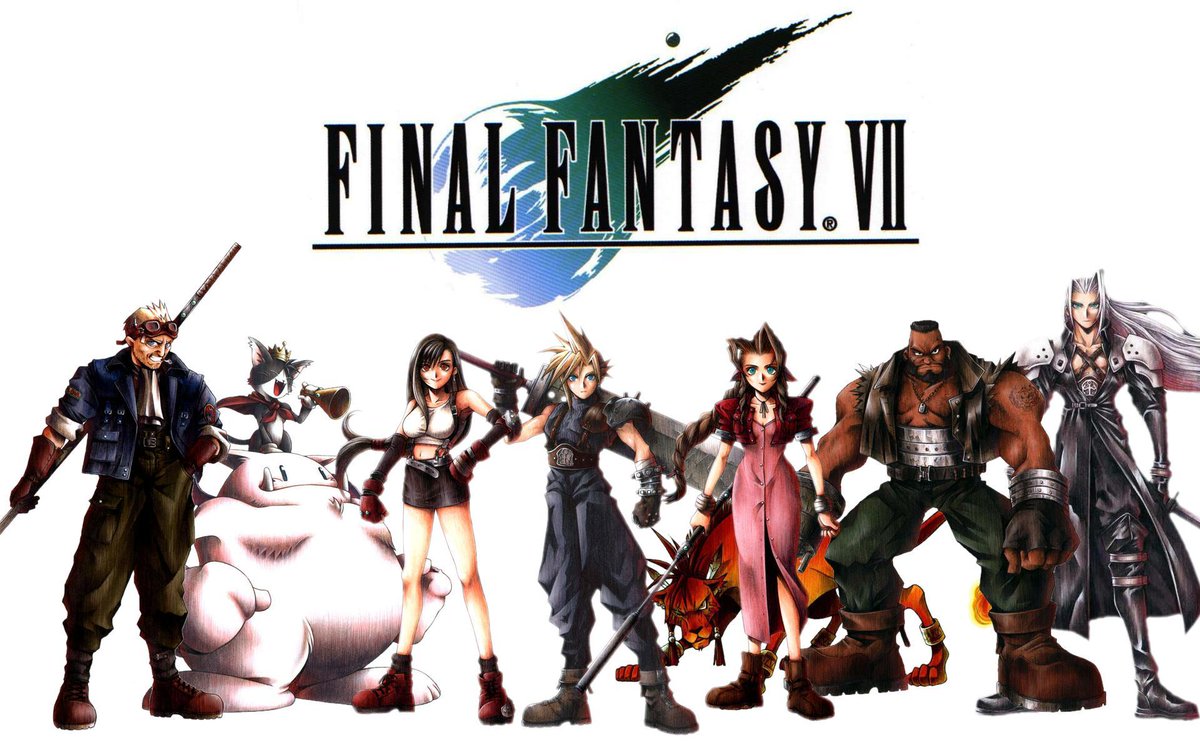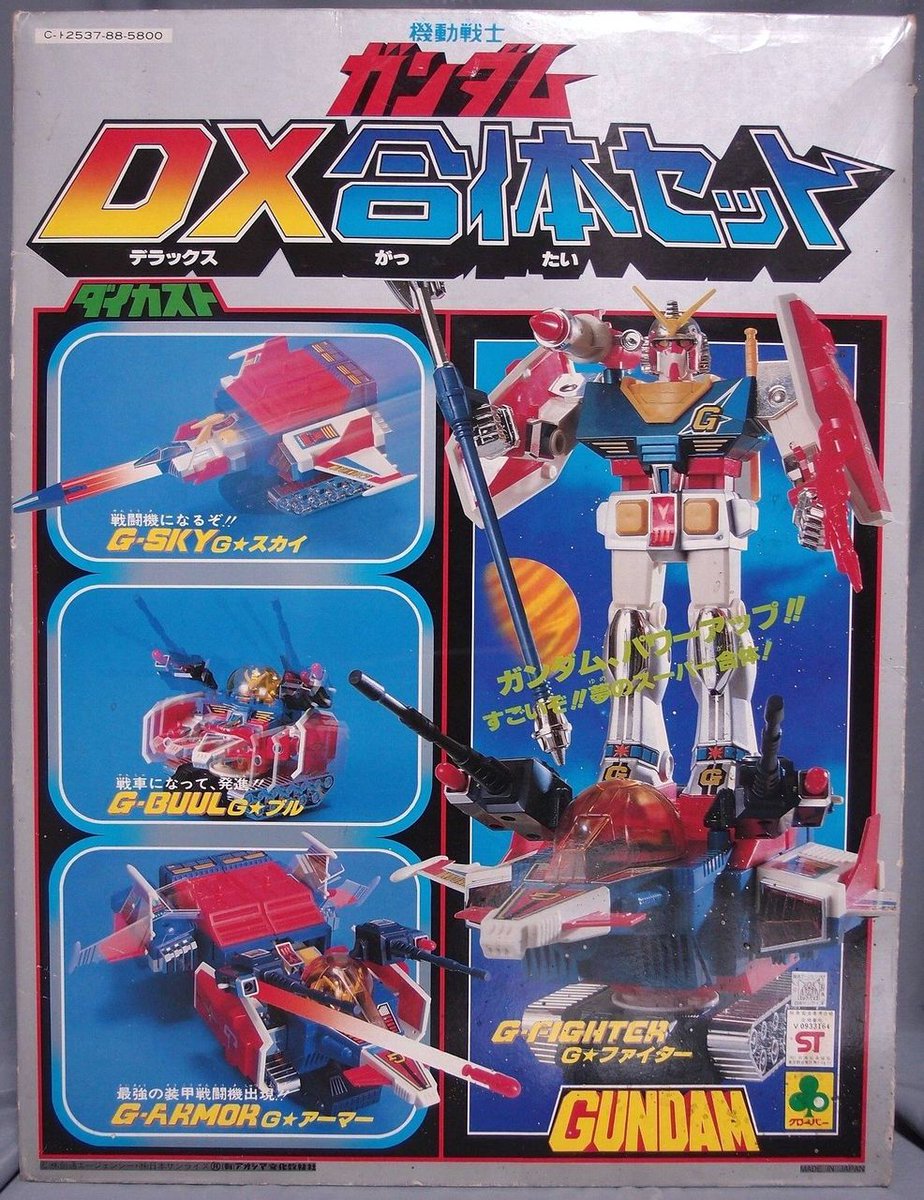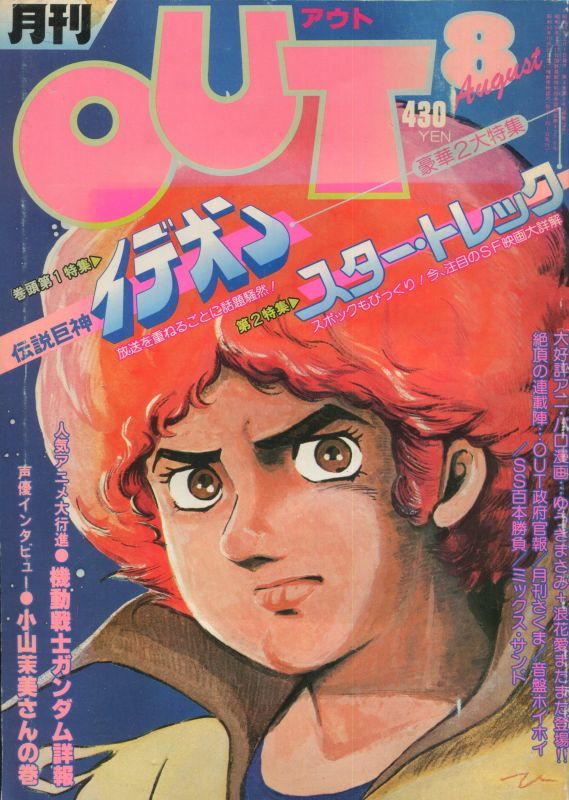
A real moment: Nikkei 225 breaks 30,000 for first time since Bubble burst in 1990, ushering in what were known as Lost Decades. By economists, anyway. So-called "lost" years saw many of Japan's biggest pop-cultural hits: PlayStation, Pokemon, emoji, Tamagotchi, Evangelion. (1/5
https://twitter.com/GearoidReidy/status/1361110488340258816
In 1990, same pundits who led "Japan bashing" during bubble warned of “Japanization”: a toxic mix of recession, hyperaging population, and political dysfunction that would befall industrialized nations that followed a similar path. To economists, Japan was done. Or was it? (2/5 

As Japan collapsed in on itself economically, it exploded outward culturally, scattering its hopes and dreams across the globe. Or adoption of them transformed meanings of cool, of femininity and masculinity, even identity. (3/5
That’s the story of “Pure Invention,” but it’s also the story of our modern lives. In a way the critics were right: the world DID Japanize. We’re all otaku now, shut-ins plugged into virtual fantasies & trying to make it through our own lost decades. (4/5
Takeaway here isn’t gloom. It’s entirely possible that we too will flourish in unexpected ways, just like Japan did when the pundits wrote it off, way back in 1990. Even these experts couldn't imagine wave of fantasy-delivery devices Japan was poised to unleash on us all. (5/5
• • •
Missing some Tweet in this thread? You can try to
force a refresh





